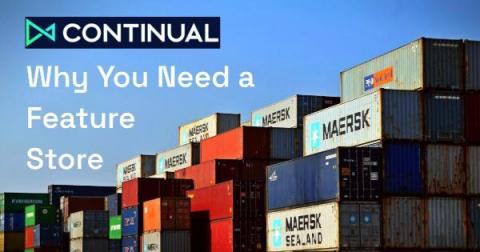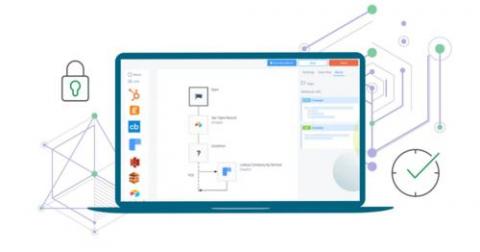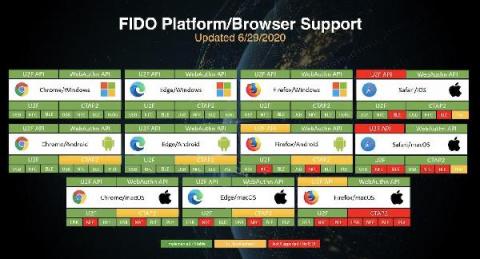Why You Need a Feature Store
Feature stores have arrived in 2021 as an essential piece of technology for operationalizing AI. Despite the enthusiasm for feature stores in high-tech companies, they are still absent from most legacy ML platforms and can be relatively unknown in many enterprise companies. We discussed how feature stores are critical to the data-first approach of next-gen ML platforms in our previous blog, but they are important enough to get their own treatment in a full article.









